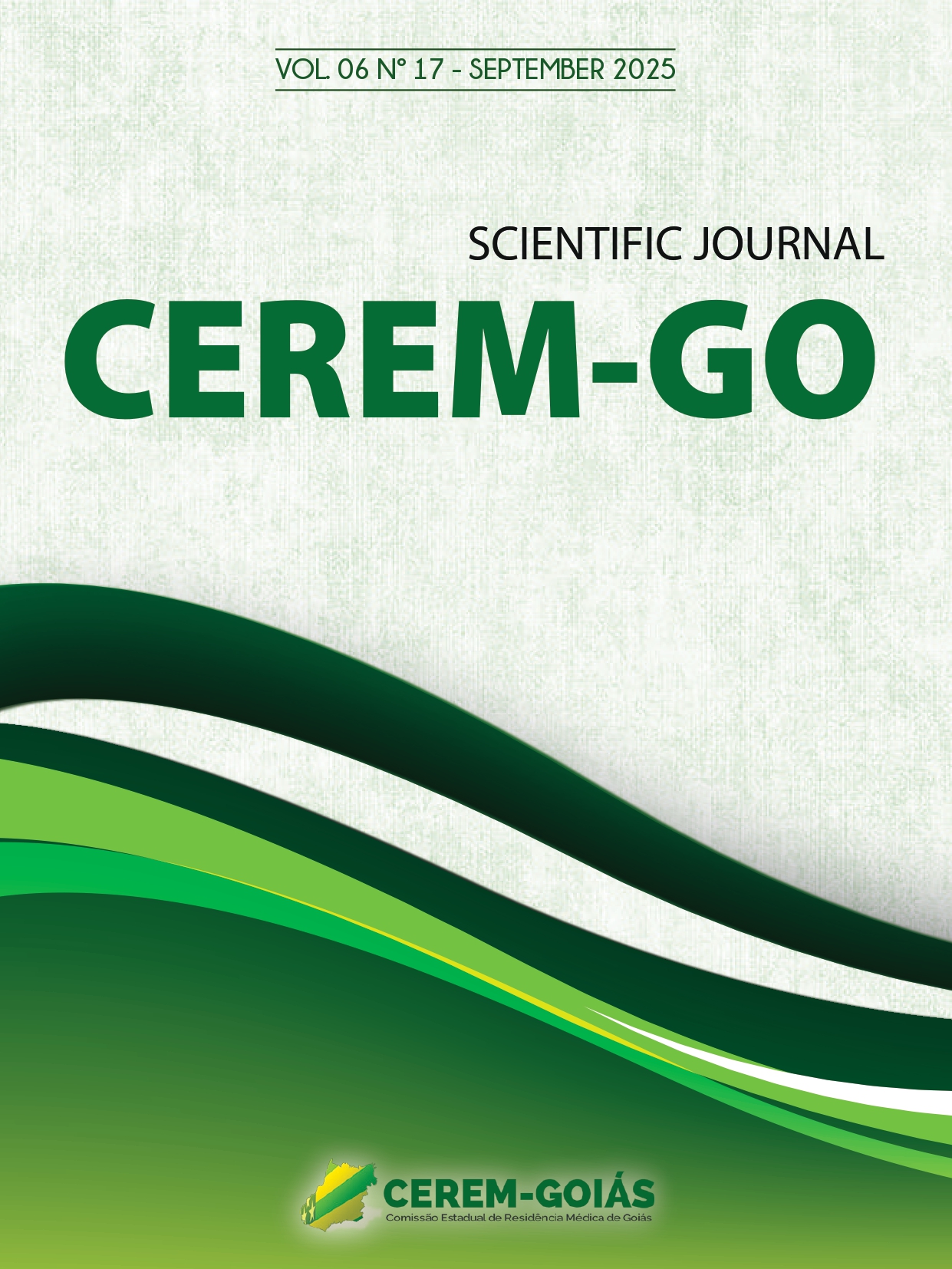Anesthetic approach to endoscopic gastric balloon removal in a 257 kg superobese patient
a case report
DOI:
https://doi.org/10.37951/2675-5009.2025v6i17.178Keywords:
Obesity, Anesthesiology, Airway management, Intubation intratracheal, Patient safetyAbstract
Introduction: Obese patients, who will undergo surgical procedures, are challenging cases for anesthesiologists, since, in the majority, obesity is associated with other comorbidities (hypertension, diabetes and others), making the anesthetic management difficult. Therefore, understanding the cardiopulmonary pathophysiology of obese people, as well as techniques to minimize their effects on the induction and maintenance of anesthesia, are essential to guarantee a safe and successful procedure. The objective of this case report was to demonstrate the perioperative management of a patient with a body mass index (BMI) 78 kg/m2, classified as “super-super obese”. Case Report: Male patient, 27 years old, weight 257 kg, height 1.81 m, BMI: 78.4 kg/m2 with difficulty moving, physical status III (ASA classification) without other comorbidities, scheduled for endoscopic gastric balloon removal. He was intubated by direct laryngoscopy on the first attempt, with the aid of video laryngoscopy. Conclusion: Perioperative management including airway preparation, positioning, mechanical ventilation and decision on the drugs used are of great importance for the success of the anesthetic procedure, avoiding complications, which could be devastating in a patient of this size.
Downloads
Published
Issue
Section
License
Copyright (c) 2025 Scientific Journal CEREM-GO

This work is licensed under a Creative Commons Attribution 4.0 International License.




